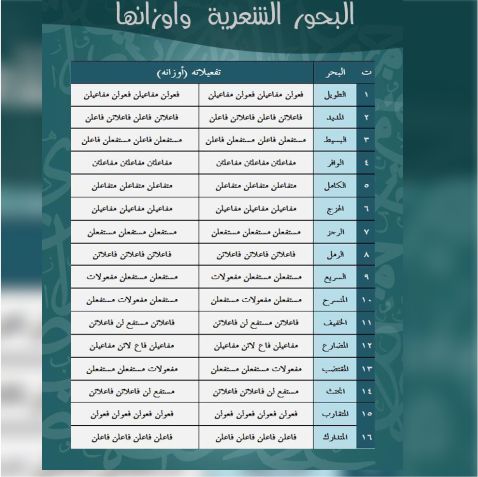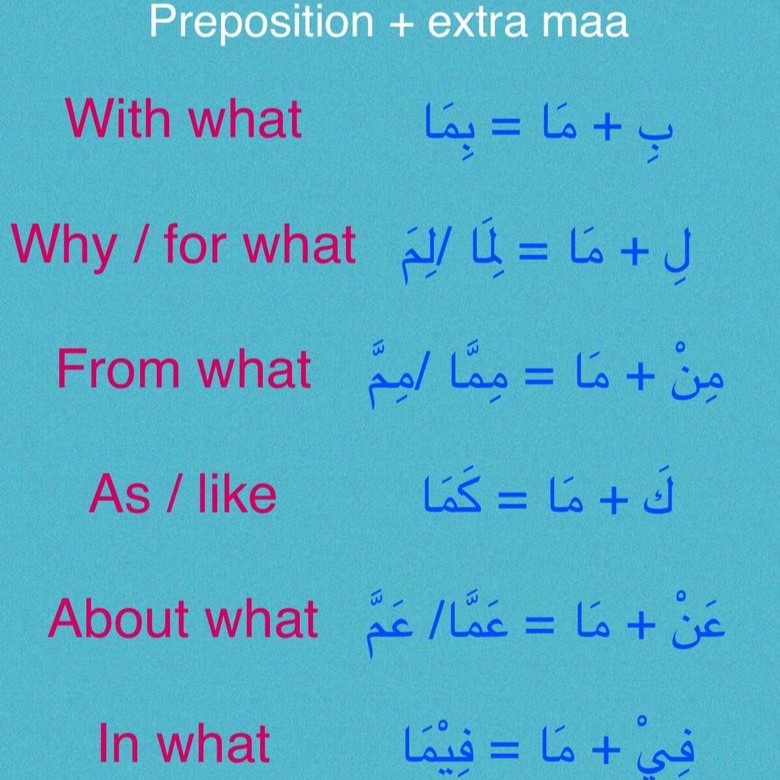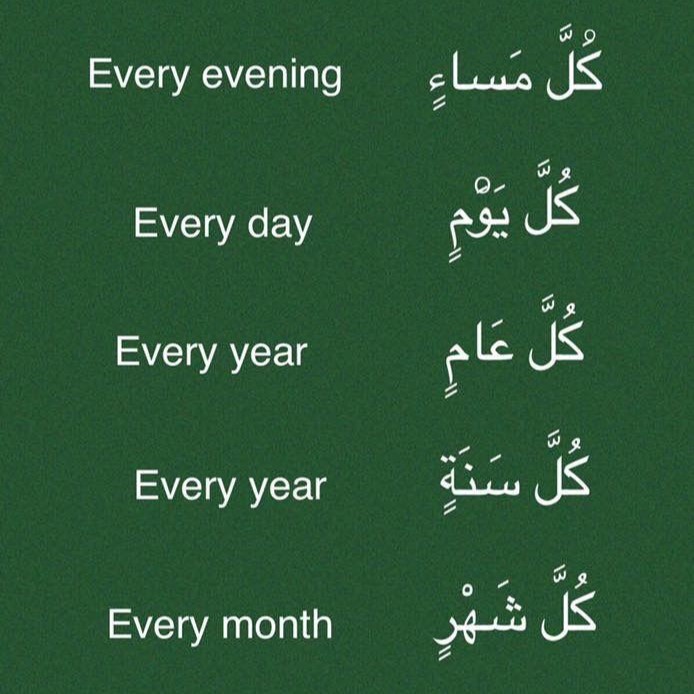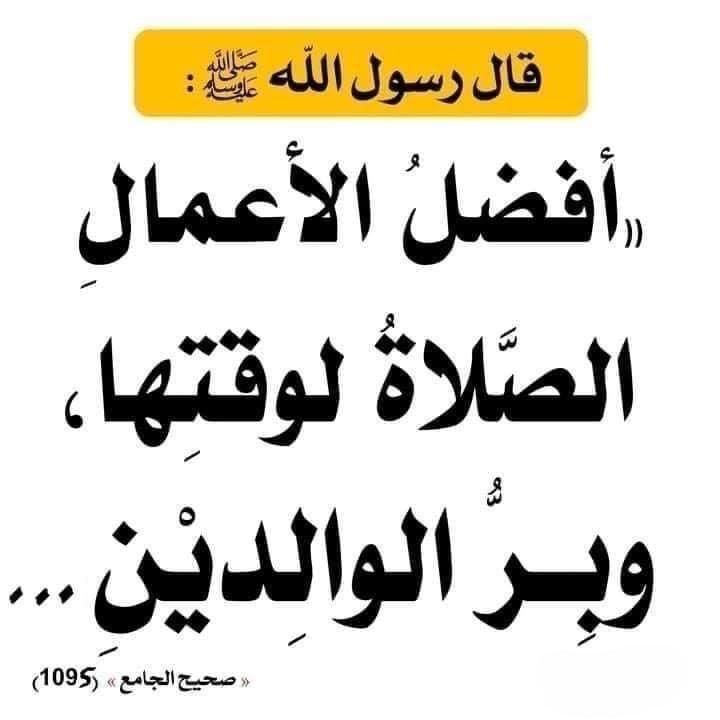
Tips about ʿArūḍ (Arabic prosody)
At Mudkhalul Karīm, we guide the students by teaching them the principles, patterns, and meters of classical Arabic poetry, focusing on the rules that govern its rhythm, structure, and rhyme. We cover the historical development of ʿArūḍ (Arabic prosody), its foundational concepts like taf'īlāt (feet), the role of rhythmic variations like ziḥāfāt & 'ilal, and the analysis of poetic meters. Students learn to analyze and potentially compose traditional Arabic verse, understanding its musicality & structure, and often analyze the first few meters in detail.
Prerequisites for this course:
- Ready to learn
- Smartphone
- Laptop (Optional)
- Completion of Al-Qurʾān
- Familiarity with Naḥw (Arabic Grammar)
- Familiarity with Ṣarf (Arabic Morphology)
How It Works
Learn ʿArūḍ (Arabic Prosody) in just three(3) months for as low as ₦285,000
Course Details:
- Course Duration: Three(3) months
- Lecture Duration: One(1) hour daily, Monday-Friday
- Course Fee: ₦285,000 with flexible payment options
Learning Procedure:
- Month 1 - 3: Deep study & completion of "Mīzānudh Dhahab"
Payment Terms:
- 50% down payment is required mandatory
- Payment can be spread over 2 months
Join us now to enhance your ʿArūḍ (Arabic Prosody) skills!

At the end of this course, students should be able to understand:
- Historical Background: Students should be able to trace the origin of Arabic prosody, its development by scholars like Khalīl ibn Aḥmad al-Farāhīdī, and its evolution through different periods.
- Core Concepts: Students should be able to delve into the basic components of Arabic meter, including at-tafʿīlāt (feet), az-ziḥāfāt (variations), and al-ʿilal (defects).
- Meter Analysis: Students should be able to analyze and apply the rules to identify and understand the structure of classical Arabic meters, often focusing on the first six or more.
- Poetic Elements: Students should be able to understand the role of rhyme, rhythm, verbal melody, and how they combine to create the musicality of a poem.






